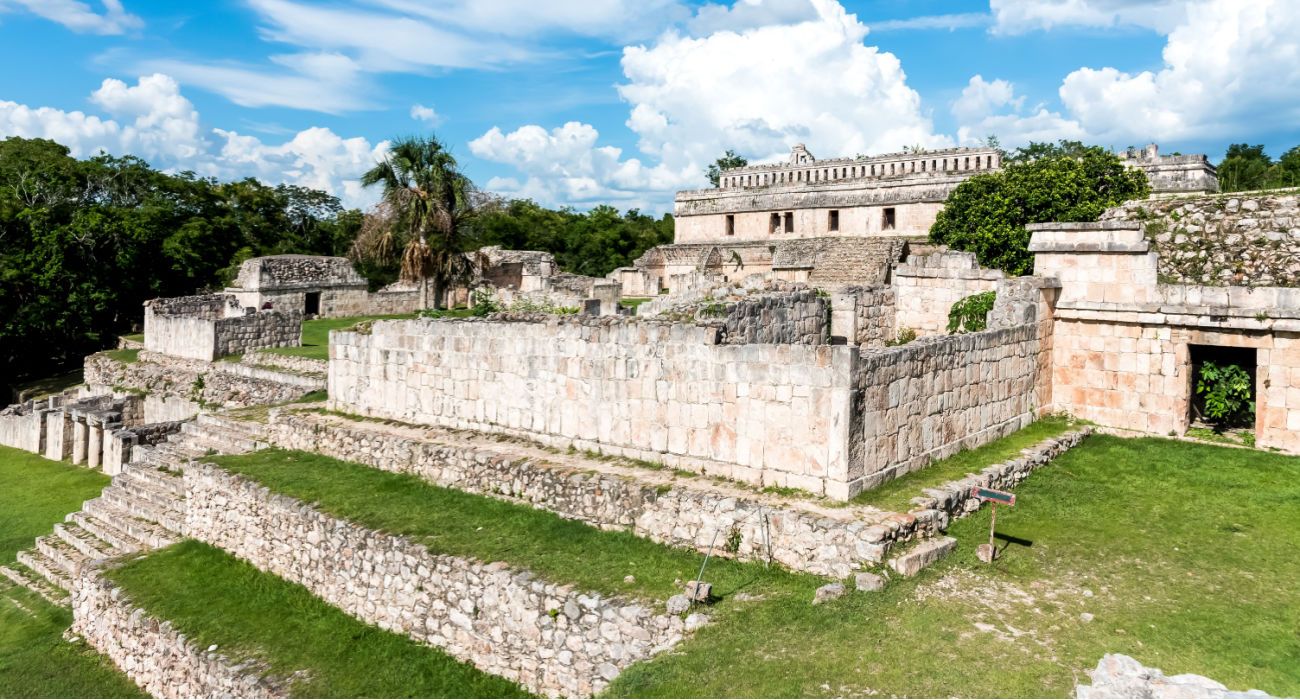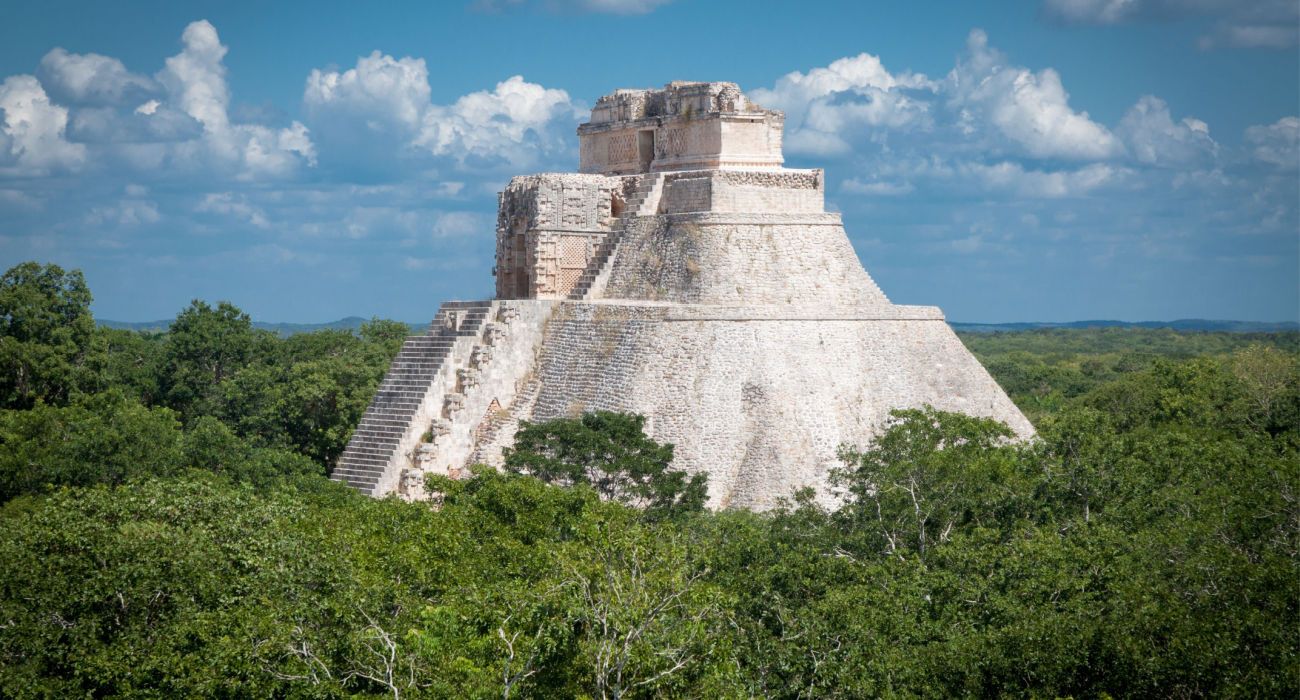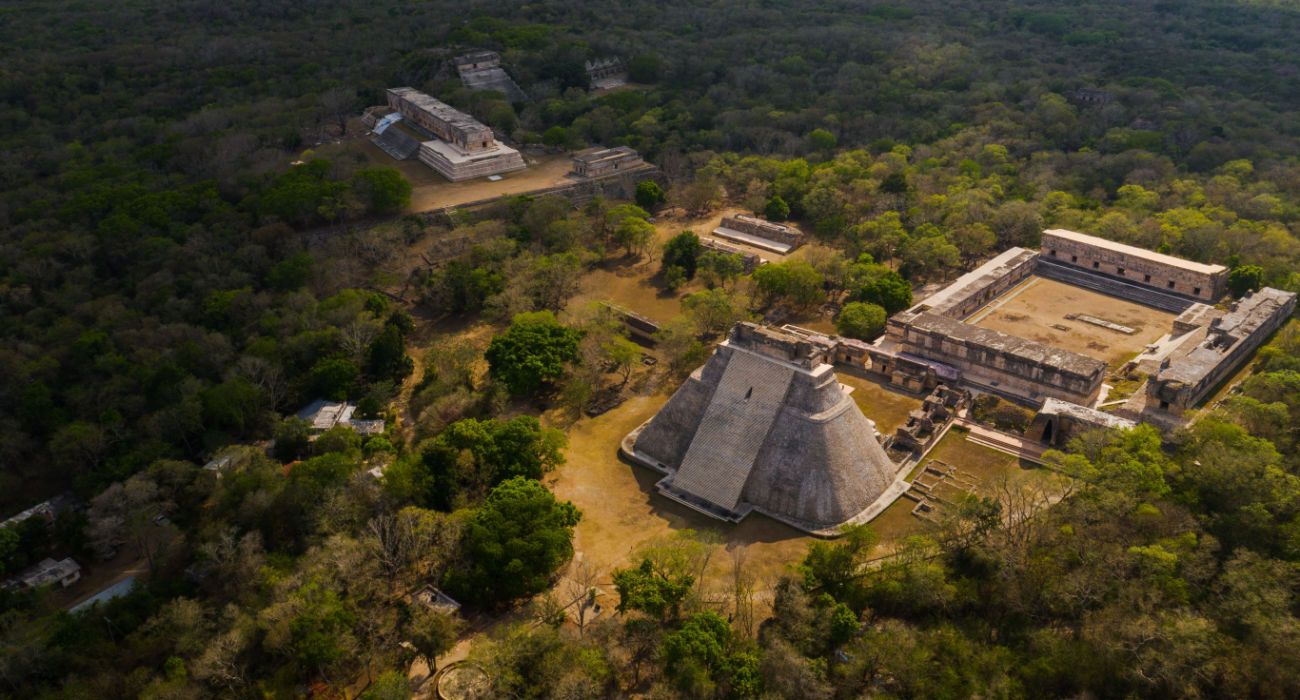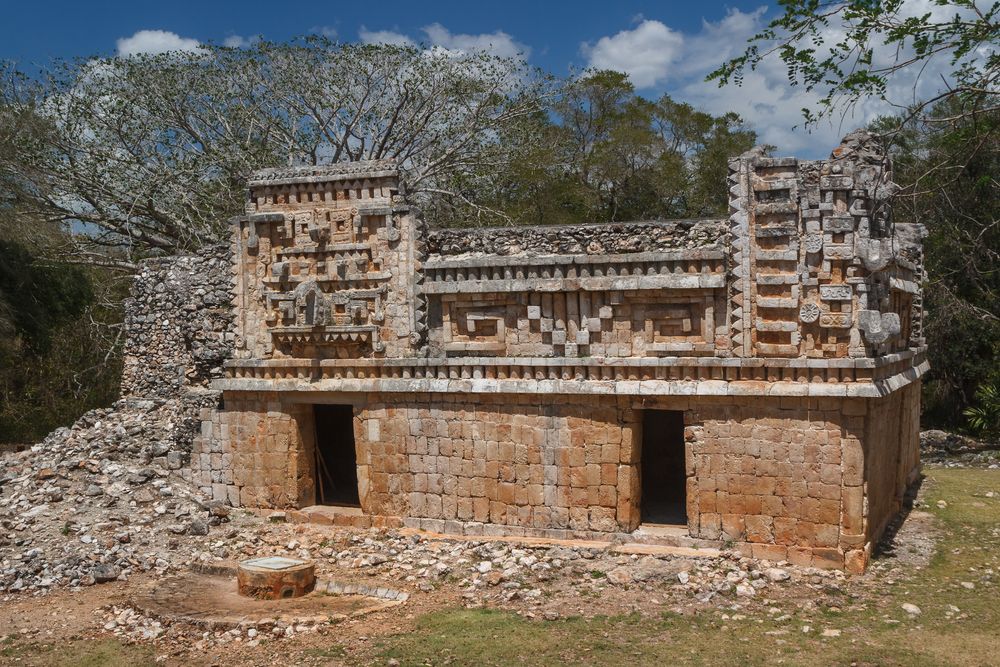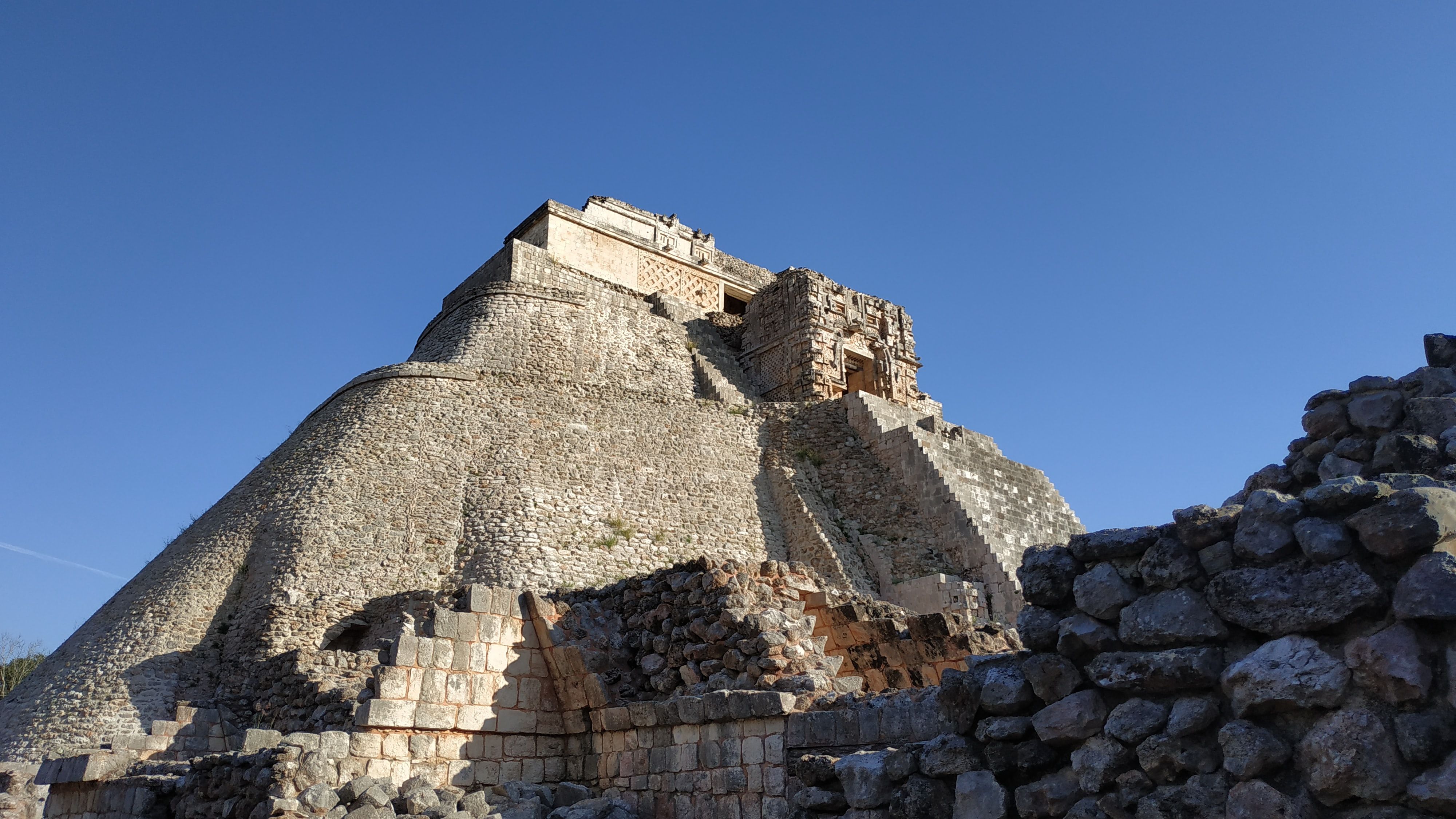Quick Links
The Puuc Route is one of the most rewarding short drives visitors can enjoy just out of the Mexican city of Merida. The official name is "La Rute Puuc" and is a network of 41 kilometers of secondary roads that explore the cultural heritage of the Maya in the area. The route includes the major Maya city of Uxmal as well as Kahab, Labna, Sayil, Loltun, and X'lapak.
There are many reasons why Merida is one of the best places to explore Mayan ruins from. The Yucatán peninsula is more than just Mayan ruins and excellent beaches - is also home to picture-perfect cenotes and jungles with exceptional biodiversity. Merida also has the added bonus of being one of the safest cities in Mexico.
What To Know About The Mayan Puuc Route
The word "Puuc" is from the Mayan word for "hills". This area has a number of small rolling hills (most of the Yucatán Peninsula is very flat). The word is also a term for the architectural style of the Mayan sites found in this region. The style is famous for the elaborate ornamentation of the facades on palaces and temples.
The Mayans built their temples, monuments, homes, and other structures in this region over a thousand years ago. Most of the ruins in this region date from between 600 AD and 1100 AD. The ruins of the region were interconnected by sacbes which were ancient Mayan pathways between the ancient settlements.
Here people can explore the Mayan world and see a series of ancient Maya archeological sites away from the over-commercialism of Chichen Itza and Tulum. That being said, Tulum and Chichen Itza were two of the largest Mayan cities and are very much worth visiting today.
The Ancient Mayan Sites Along The Puuc Route
There are a number of ancient Maya sites on the Puuc Route, which are as follows:
Ladna
The first of the Mayan sites is Labna. It is particularly noted for the obelisk (Stele 9) - it is thought to be a massive phallic symbol. Other notable attractions include the entrance arch and the Palace of Columns. During its heyday, Labna has a population of around 1,500 or 2,000 people. Four of its buildings have been restored.
Xlapak
Xlapak is a small site and the top attraction is El Palacio which its more than 90 rooms. The palace is still impressive, but try to imagine what it would have been like when it was painted vibrantly with reds, whites, and blues. It has 14 mounds and three pyramids that have been partially restored. It is a great place to see what the Mayan ruins were like before they were restored in other locations.
Kabah
At Kabah, visitors can travel on an ancient Maya road or sacbe. At the Palacio de los Mascarones, see the impressive collection of 300 masks dedicated to the rain god Chac.
Uxmal
Uxmal is easily the largest attraction along the Puuc Route. It flourished during the Late Classic Period (between 600 and 900 AD). Today it retains an impressive assortment of palaces, plazas, galleries, and pyramids. Plan on spending at least an hour at Uxmal - two is even better. While the other sites cost around 75 Mexican pesos, this larger site costs $494 for non-Mexican visitors. Climbing to the top of the Pyramid of the Magician is no longer permitted. Uxmal was a significant Mayan city and religious center.
Sayil
Sayil has a large stellae and a large palace. The site has a worthwhile collection of ancient ruins which peaked in the 9th to 10th centuries. See the stunning Mayan ruins still lost in the jungle.
Lolutn Caves:
The Loltun Caves is a large network of caves and have ancient Mayan paintings from the Late Preclassic time. Loltun is a system of underground cenotes where visitors can still see evidence of ancient Mayan ceremonial practices. It is possible to take guided tours of the caves. The tours leave at 9.30 am, 11.00 am, 12.00 pm, 2.00 pm, 3.00 pm, and 4.00 pm.
What To Know About Driving The Puuc Route
Plan to explore the Puuc Route on Sundays, and consider taking the ATS bus tour. It departs from Merida's 2nd class bus station at 8.00 am. Those who plan to drive the Puuc Route by themselves start at Route 18. It is straightforward enough to rent a car in Merida and explore the sites on a self-drive tour.
- Puuc Route Length: 41 Kilometers
- Puuc Route Mayan Sites Opening Hours: 8.00 am to 5.00 pm Daily (every day)
All of the ancient Maya sites are open every day of the year and are open from 8.00 am to 5.00 pm (last admission at 4.00 pm). Take the time to also explore the museums, caves of Loltun, and Maya villages of the area.

